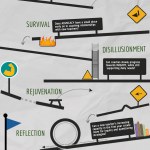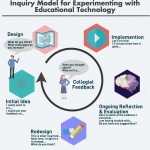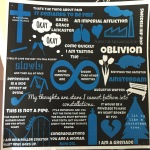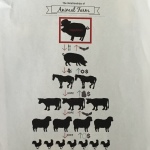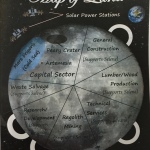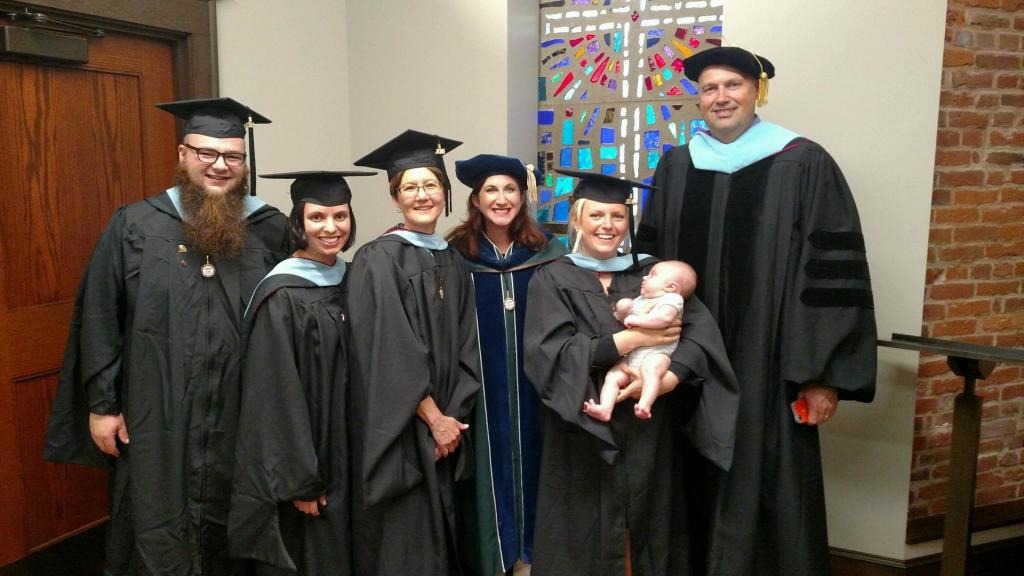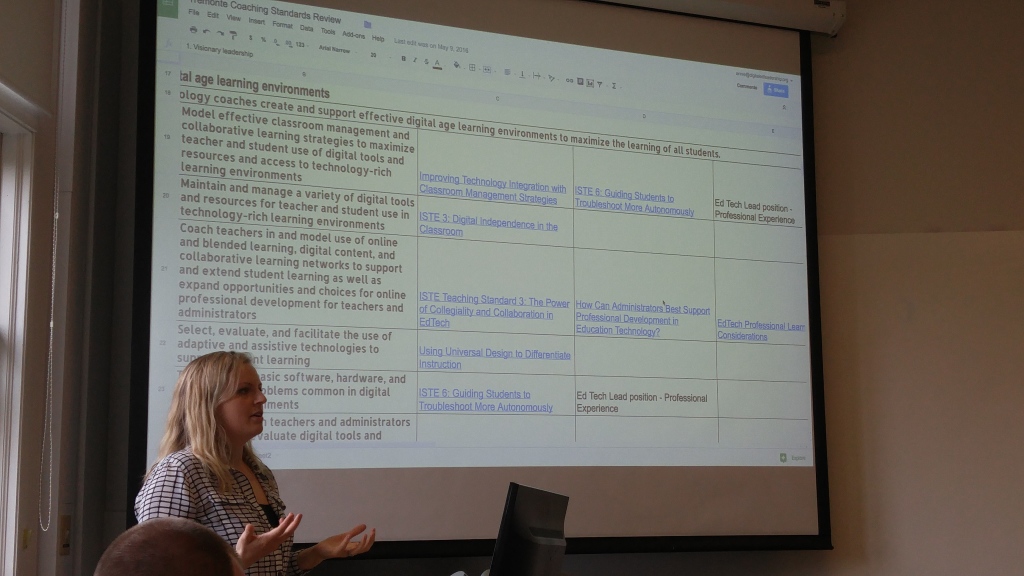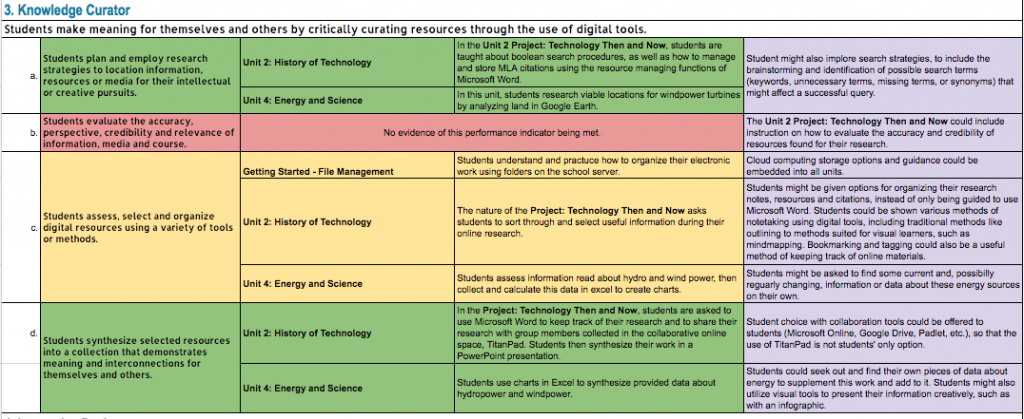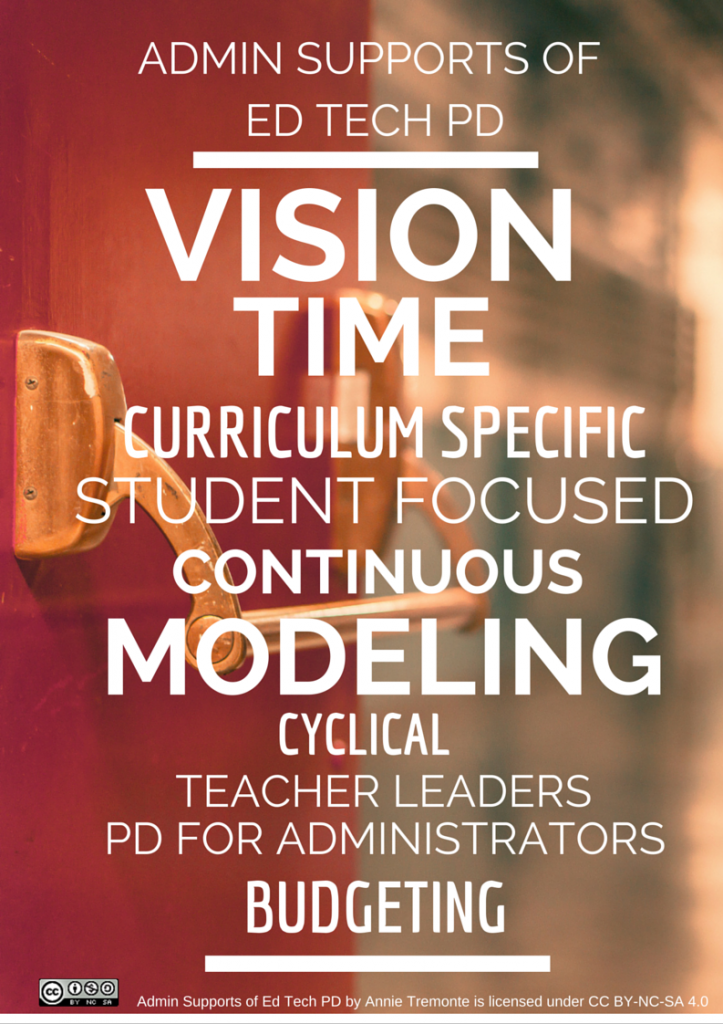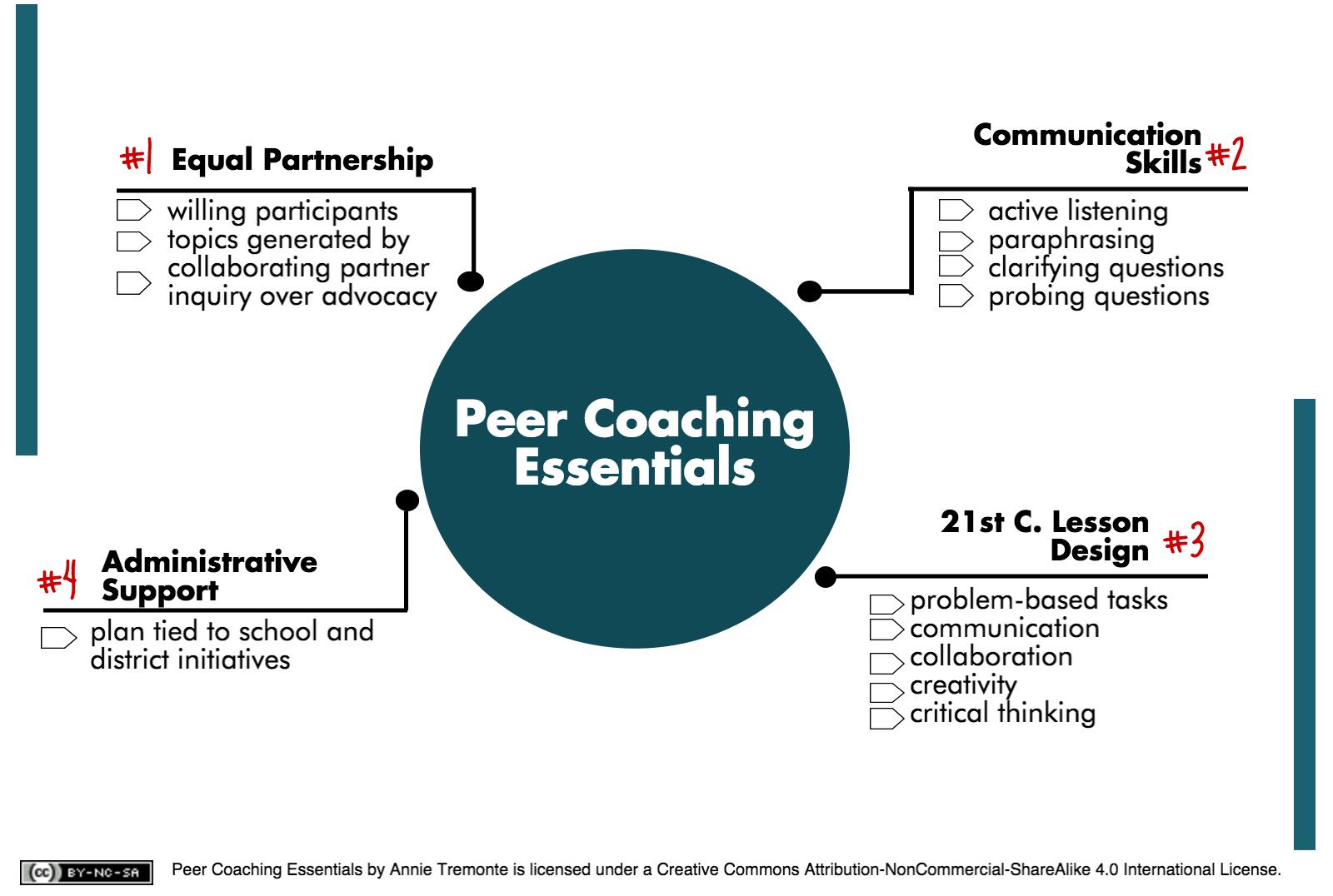Inquiry learning may have become somewhat of a an educational buzzword. However, I am here to tell you that the student learning benefits from this type of learning is real. Back in the fall, I had the opportunity to give a professional development workshop in my school district about Genius Hour (perhaps another buzzword, but a method of inquiry-based learning if you haven’t heard of it). Having experimented with successful implementation the previous school year, I have thought about this quite a bit. In fact, I have became so interested that I developed a graduate course on inquiry-based learning through Seattle Pacific University.
You can also watch my EdSurge Ignite Talk outlining my work with inquiry-based learning in my classroom here:
The following is a list of what I’ve learned about implementing inquiry-based learning in a middle school classroom, which can be adapted to any grade level.
1. Let your students pick!
Interest-driven and student-directed goes hand-in-hand with inquiry-based learning. When you’re asking students to deep dive into a topic, it only makes sense that they care about it. True interest can only be guaranteed if they’ve chosen the topic. That’s not to say there should be parameters. In my first round of inquiry-based learning, I asked students to investiagte a topic they didn’t feel they learned enough about in their social studies class. In our second round, they were asked to solve a problem in their local community. While broad, these umbrella topics allowed me to provide students with focus questions to drive their work.
2. Be flexible.
If one student is researching renewable energy legislation and another is trying to recreate a turn of the century washing machine, processes, deadlines and grading practices might need to flex to accommodate their work. If students see only one path to an A, they will be less apt to take a risk.
3. Failure is to be expected. Prepare your students for this and don’t allow it to hurt their grade.
Contacting a U.S. Representative may not happen for your students. The underwater submarine model they are building may not work. They need to know that this is okay and that the trial and error process is valuable. The confines of earning an A often limit our students. This is where we should start to revaluate how we set up projects.
4. Allow technology to support, but not dominate student learning.
If a students wants to film a commercial and you don’t have the slightest idea how to do this, that’s okay. Your students (depending on their age) have the prowess to figure this out too. It is okay to say, “Create a plan for how you’d like to do this and I’ll be here to support you.” What sounds like an edeavor far larger than you have time for might be as simple as a student recording on their phone and turning to a peer for help in learning a simple mobile editing tool. You never know until you open up this door. You might find you learn a lot yourself!
5. Praise students for their tenacity; this type of learning is not easy.
It is true. Learning in this way has many similarities to how adults work in the real world: creating a plan, learning along the way, utilizing experts around you, being flexible, etc. This may be the first time a student hasn’t been told, “This is how you earn an A” and for some this will be extremely frustrating.
6. THIS IS NOT A FREE FOR ALL
You still need assignments, check-ins, deadlines, and lessons. While most of what I wrote above may sound like you will send your little chickens loose on the farm to scrounge for feed, this isn’t true. Modeling how to do online research, tools for project management, check-in deadlines and support meetings with you, as well as project proposals are all necessary and important to student success. This type of learning is ripe for direct instruction lessons and teacher modeling on all types of topics.
Contact me if you have questions or are interested in brainstorming together!

